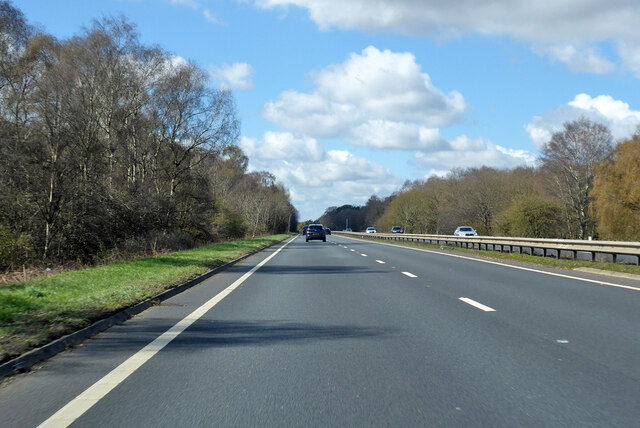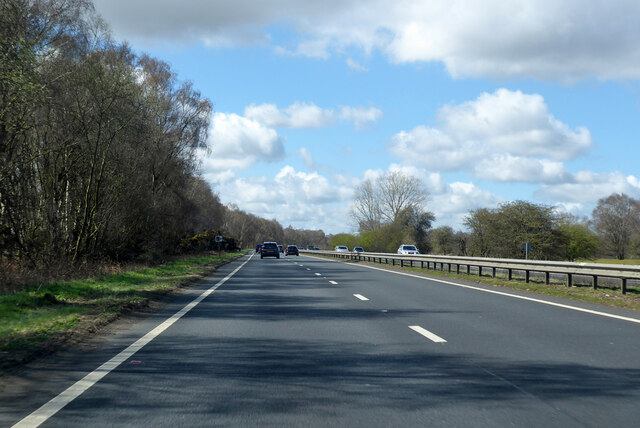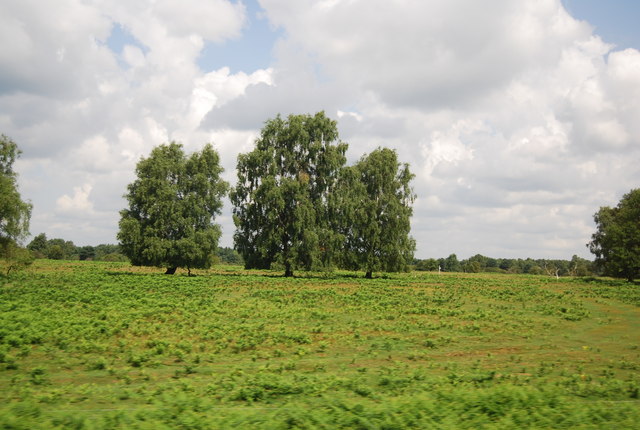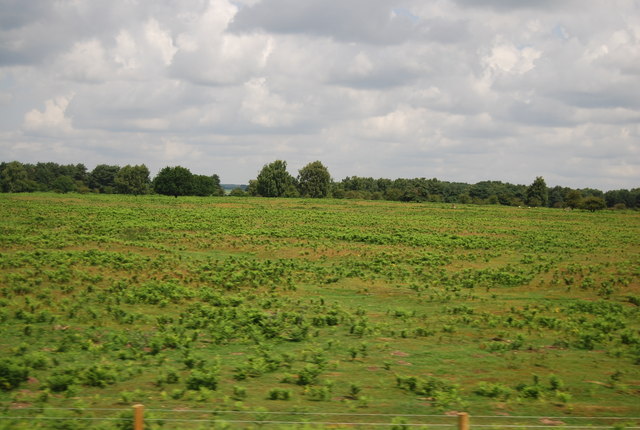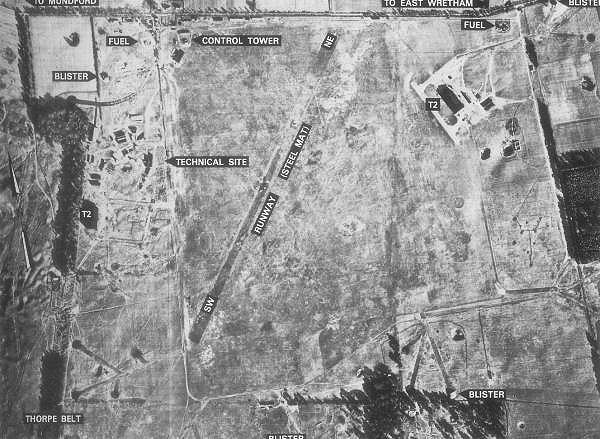East Wretham Heath
Downs, Moorland in Norfolk Breckland
England
East Wretham Heath

East Wretham Heath, located in Norfolk, England, is a diverse and ecologically important area known for its downs and moorland. Covering approximately 250 hectares, it is a protected nature reserve managed by the Norfolk Wildlife Trust. The heath is situated on sandy soils, which contribute to its unique habitat and rich biodiversity.
The landscape of East Wretham Heath is characterized by undulating slopes, open grassland, and heather-covered areas. The downs consist of gently rolling hills with sparse vegetation, while the moorland features a mix of heather, gorse, and bracken. These habitats provide a haven for a wide range of plant and animal species.
The reserve is home to several rare and threatened species, including the stone curlew, a ground-nesting bird that is a symbol of the heath. Other bird species that can be spotted here include the nightjar, woodlark, and Dartford warbler. The area also supports a diverse array of insects, reptiles, and small mammals.
In addition to its ecological significance, East Wretham Heath has historical importance. It was once used as a training ground for military exercises during World War II, and remnants of wartime structures can still be seen today.
Visitors to East Wretham Heath can explore the reserve through a network of well-maintained footpaths and trails. The Norfolk Wildlife Trust provides information boards and guided walks to help educate visitors about the unique flora and fauna found in the area. With its stunning landscapes and abundant wildlife, East Wretham Heath offers a captivating experience for nature enthusiasts and history buffs alike.
If you have any feedback on the listing, please let us know in the comments section below.
East Wretham Heath Images
Images are sourced within 2km of 52.457665/0.81621831 or Grid Reference TL9188. Thanks to Geograph Open Source API. All images are credited.





East Wretham Heath is located at Grid Ref: TL9188 (Lat: 52.457665, Lng: 0.81621831)
Administrative County: Norfolk
District: Breckland
Police Authority: Norfolk
What 3 Words
///haven.rivers.caused. Near Thetford, Norfolk
Nearby Locations
Related Wikis
East Wretham Heath
East Wretham Heath is a 141.1-hectare (349-acre) biological Site of Special Scientific Interest south-east of Thetford in Norfolk. It is a Nature Conservation...
Roudham Junction railway station
Roudham Junction railway station was a station in Norfolk, England. It was located in a remote area east of Thetford, where the Main Line between Norwich...
RAF East Wretham
Royal Air Force East Wretham or more simply RAF East Wretham is a former Royal Air Force station located 6 miles (9.7 km) northeast of Thetford, Norfolk...
Bridgham and Brettenham Heaths
Bridgham and Brettenham Heaths is a 439.9-hectare (1,087-acre) biological Site of Special Scientific Interest north-east of Thetford in Norfolk, England...
Nearby Amenities
Located within 500m of 52.457665,0.81621831Have you been to East Wretham Heath?
Leave your review of East Wretham Heath below (or comments, questions and feedback).









